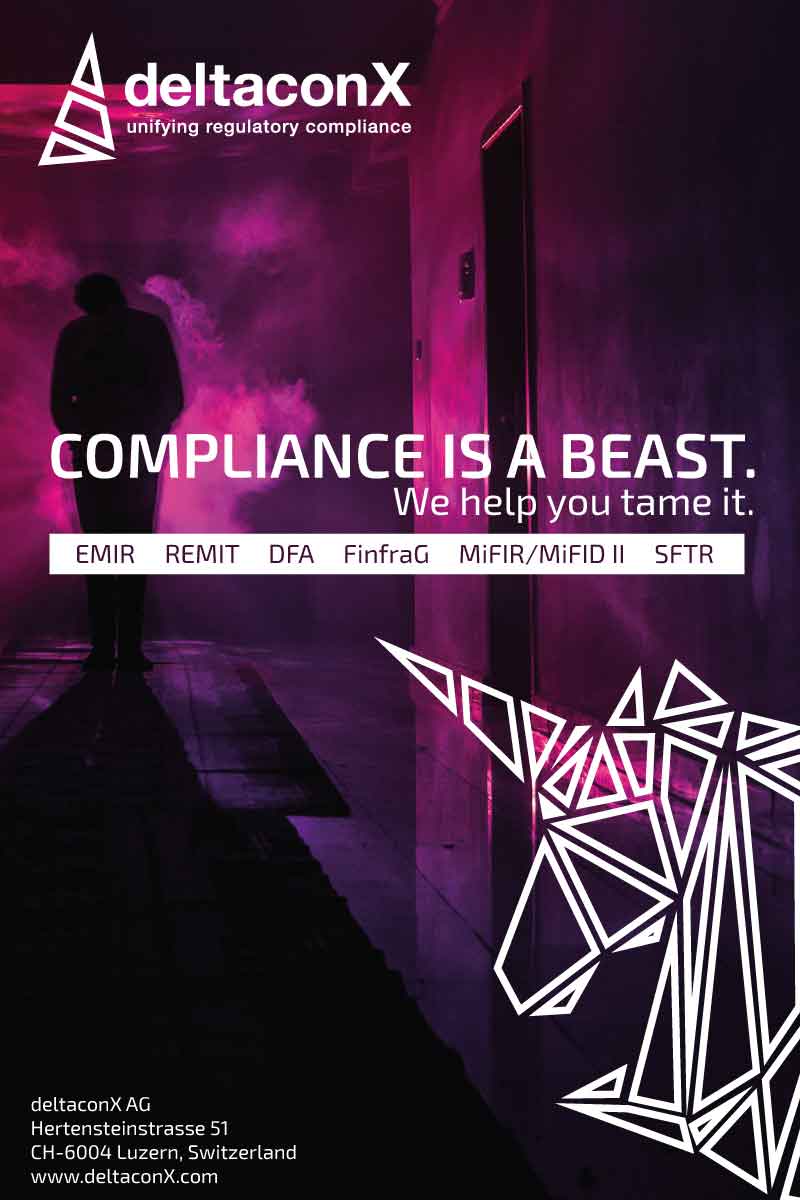Although digital assets are not new, the sector is moving at such a rate that infrastructure and regulation are falling behind, panellists at this year’s Citi Digital Money Symposium agreed.
A sentiment threaded through the symposium was a warning against an overenthusiastic approach to new technology. At the ‘Building the Institutional Digital Asset Infrastructure’ panel, Jens Hachmeister, managing director of issuer services and new digital markets at Deutsche Borse, emphasised the importance of pre-tech preparations. Finding use cases that create value and improve efficiency is the first step, he said, identifying the problem before adopting the technology. Being too “tech-driven”, for example shifting all operations to use DLT, is not necessary or efficient, he argued.
A lack of data, or a lack of usable data, is a challenge facing many areas of the financial services industry, and the digital asset sphere is no exception. Tongtong Gong, chief operating officer of Amberdata, argued that data “is transparent if you know where to look,” but remains disjointed. For example, it’s difficult to gather historical data on a digital asset wallet through blockchain. As the structure does not have analytical capabilities of its own, third parties must be engaged.
Data integrity is essential for the industry, Hachmeister affirmed. Standards need to meet those of the traditional finance world to encourage trust and engagement, generating greater value for the asset over time.
Trust is something that the digital asset industry is broadly lacking, with one speaker, raising the point that although a narrative has been built up associating crypto assets with money laundering and crime, “any emerging technology will be exploited for illicit gains to some extent.”
She named 2022 “the year of the hack,” with security an issue concerning many in the industry. “Perfect security doesn’t exist,” stated Adrien Treccani, founder and CEO of Metaco. “There is always a trade off between availability and security.” A solution to this is the use of multiple security and availability levels, such as hot and cold keys, in a single venue. This maximises both qualities, minimises the trade-offs and allows for more efficient operations.
“It’s very much about governance,” he added. “Access and authorisation to use the keys for execution of transactions [needs to be] decentralised, so it won’t be possible for a single person to give an executive order to bypass all controls.”
Currently, there is no one chain being used by all in the field. Asking the audience whether this would continue, or whether a single service would emerge as the main platform, the majority assumed the former. “Interoperability between chains is important,” a panellist said, to ensure safe bridges between rails. Hachmeister advocated for a gradual transformation, with old and new systems working in tandem.
In regard to standardisation, Hachmeister argued that there is currently too much focus on technology standards. Instead, the industry should begin with market standards and work its way backwards, he suggested, considering the market problems that need to be solved and constructing use cases that are compelling enough to drive large-scale adoption of new systems.
On the ‘Regulating Digital Assets’ panel, one panellist, cited solid definitions of crypto products as an urgent step that the sector needs to take as it regulates the industry. Clarification will allow for better operations, she added.
Nicole Sandler, head of digital policy at Barclays, drew attention to the broad definitions set out in Europe’s markets in crypto-assets regulation (MiCA). This was partly due to the climate at the time the regulation was being developed, she explained, with stablecoins a major focus at the time.
A consistent problem around regulation in the digital assets space is that it runs behind industry evolution. Regulations could be out of date by the time they’re rolled out, and amendments are consistently having to be added. This lag is, in part, due to the fact that policymakers wanted to watch and wait to see how the market evolved before regulating it, Sandler claimed.
While the digital asset world still has some way to go in the development of its infrastructure, regulation and operations, speakers at the symposium were optimistic about the industry’s future and offered a number of actions that regulators, companies and the sector as a whole should take to improve operations and trust as it continues to evolve.



